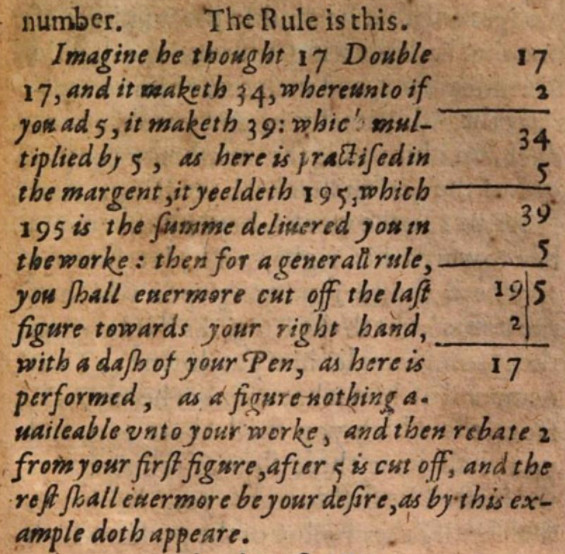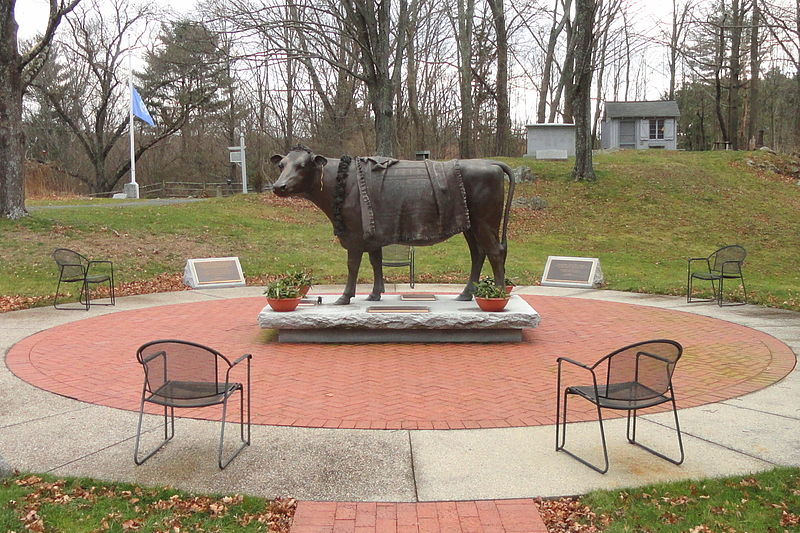
Suppose lightning strikes a dead tree in a swamp; I am standing nearby. My body is reduced to its elements, while entirely by coincidence (and out of different molecules) the tree is turned into my physical replica. My replica, The Swampman, moves exactly as I did; according to its nature it departs the swamp, encounters and seems to recognize my friends, and appears to return their greetings in English. It moves into my house and seems to write articles on radical interpretation. No one can tell the difference.
But there is a difference. My replica can’t recognize my friends; it can’t recognize anything, since it never cognized anything in the first place. It can’t know my friends’ names (though of course it seems to), it can’t remember my house. It can’t mean what I do by the word ‘house’, for example, since the sound ‘house’ it makes was not learned in a context that would give it the right meaning — or any meaning at all. Indeed, I don’t see how my replica can be said to mean anything by the sounds it makes, nor to have any thoughts.
(“I should emphasize that I am not suggesting that an object accidentally or artificially created could not think; The Swampman simply needs time in which to acquire a causal history that would make sense of the claim that he is speaking of, remembering, identifying, or thinking of items in the world.”)
(Donald Davidson, “Knowing One’s Own Mind,” Proceedings and Addresses of the American Philosophical Association 60:3 [January 1987], 441-458.)





